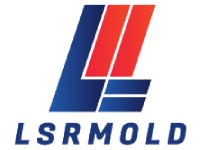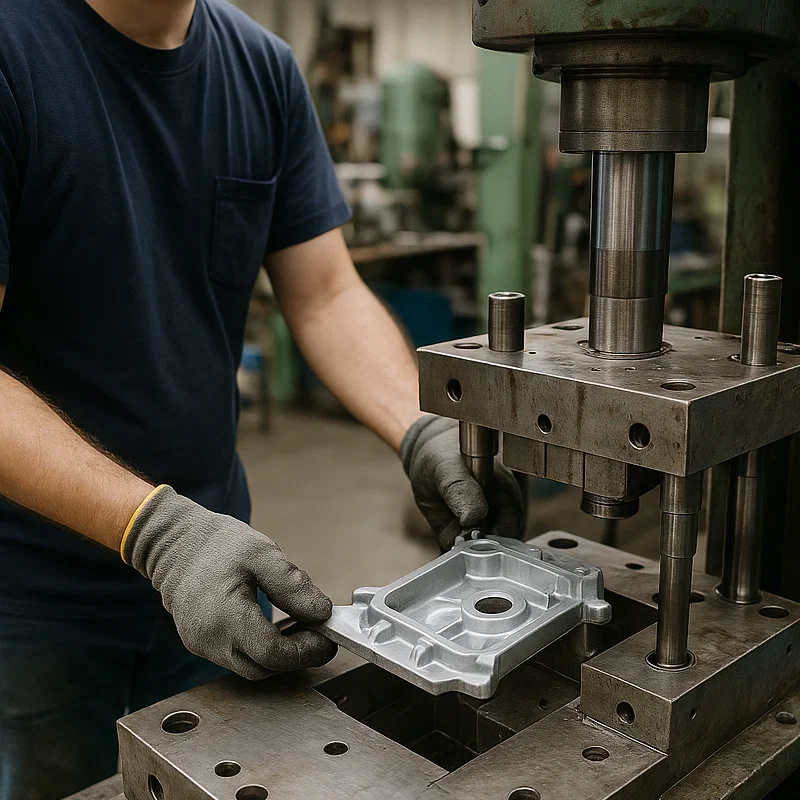When it comes to product development, a surprising number of projects are completed without utilizing prototype tooling. The common misconception is that prototype tooling adds unnecessary cost and delays to the production timeline. In reality, skipping this crucial step can lead to unforeseen complications, unexpected expenses, and extended production timelines.
Prototype tooling is often seen as an extra expense, but it actually helps reduce the overall cost and time required to bring your product to market. In the absence of prototype tooling, production tools often require costly modifications, leading to delays and potential legal liabilities if the parts fail to meet required standards. At LSRmold, we work with our clients to emphasize the value of prototype tooling—an investment that pays off by minimizing risks and ensuring high-quality production from the outset.
In this article, we’ll delve into the key elements of prototype tooling, how it works, and how it can benefit your project. Whether you’re creating a new product or refining an existing one, prototype tooling can be the key to achieving efficiency, cost savings, and precision.
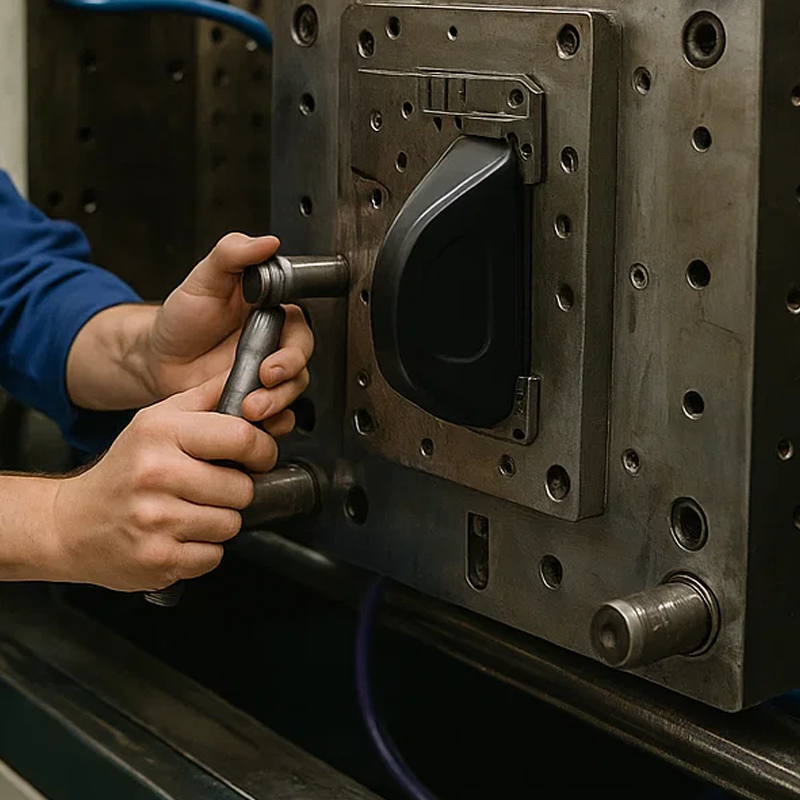
What is Prototype Tooling?
Prototype tooling involves creating a mold designed for low-volume production. Typically, it is made with softer materials compared to the final production tooling, and it often uses a single cavity for testing purposes rather than multiple cavities. The goal of prototype tooling is to test design elements, materials, and production processes without committing to a large-scale, high-cost mold.
Using prototype tooling offers the following key benefits:
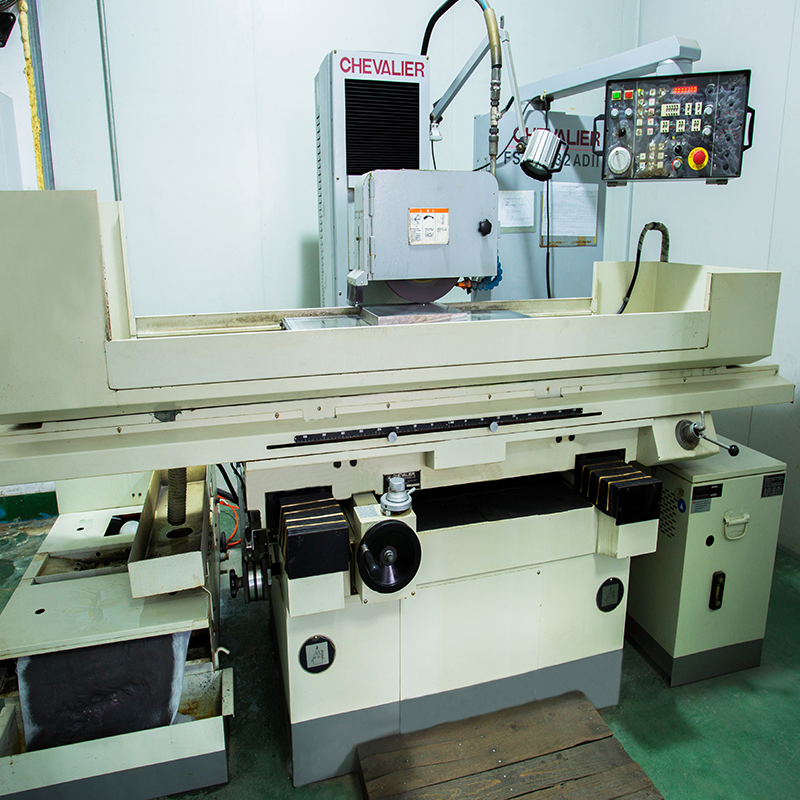
- Testing Different Plastic Materials
Prototype tooling is designed specifically for low-volume runs, which allows you to evaluate various plastics before making a final decision. By testing different materials, you can assess their performance, durability, and suitability for your part’s function without the financial burden of full-scale production. At LSRmold, we use prototype tooling to test a range of plastics, ensuring the best material is selected for your project’s needs. - Confirming Part Geometry Feasibility
During the prototype tooling process, engineers can confirm whether your part’s geometry is feasible. By creating a prototype, you can see how well the material flows into the mold, filling the cavities properly and avoiding defects like voids, weld lines, and flow marks. If problems arise, revisions can be made relatively easily, adjusting part thickness, ribbing, radii, and other factors. The goal is to optimize the design before committing to a large-scale production tool, saving you time and money. - Optimizing Gate Locations
Proper gate placement is critical to achieving high-quality molded parts. The gate is where the material enters the mold cavity, and its design directly impacts the part’s performance. With prototype tooling, engineers can perform gate location analysis and evaluate how well the material fills the mold. This process helps to avoid delays and cost overruns by ensuring that gate placements are optimized from the start, reducing the need for modifications in the final production tooling. At LSRmold, our Design for Manufacturability (DFM) analysis ensures that all the design considerations are addressed early in the process. - Evaluating Complex Part Geometries
Some parts have complex geometries that require lifters, slides, or other mechanisms to form undercuts. In production tooling, these components can be expensive and complex. With prototype tooling, however, hand-loaded inserts can be used in place of actual lifters or slides. This approach allows for the testing of intricate part features without the added expense and complexity of including these components in the initial tool. This flexibility is one of the key reasons why prototype tooling is so effective for refining designs before full-scale production. - Reducing Production Time
One of the most significant benefits of prototype tooling is the reduction in overall production time. Making changes to a prototype tool is far less costly and time-consuming than modifying a full production tool. The information gathered during the prototype phase leads to fewer revisions in the final tool, optimizing cycle times and improving the overall efficiency of the production process. This ultimately results in faster turnaround times and reduced costs for your project.
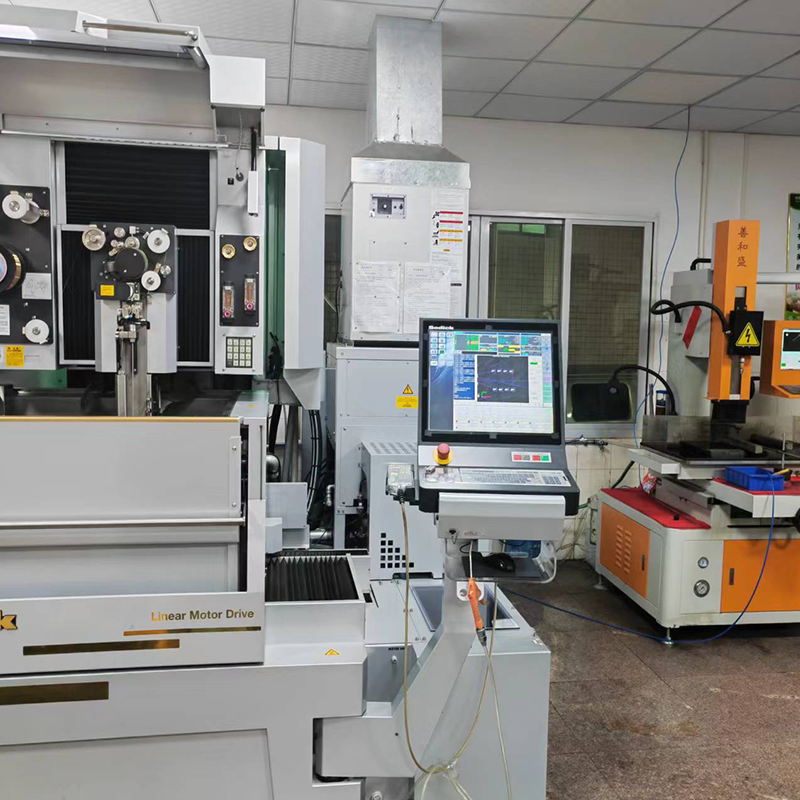
Rapid Prototyping vs. Prototype Tooling: What’s the Difference?
In recent years, rapid prototyping and additive manufacturing have garnered significant attention as alternatives to traditional prototype tooling. While these methods offer quick, low-cost prototypes, they lack the in-depth production data that prototype tooling provides. Techniques such as 3D printing are great for creating visual models or testing form and fit, but they don’t offer valuable insights into material flow, cooling rates, or gate locations—critical factors for ensuring high-quality mass production.
At LSRmold, we believe in the power of prototype tooling for its ability to gather precise, actionable data about your part’s manufacturability. With traditional prototype tooling, you can test and refine part designs in real production conditions, ultimately leading to a more efficient and reliable production process.
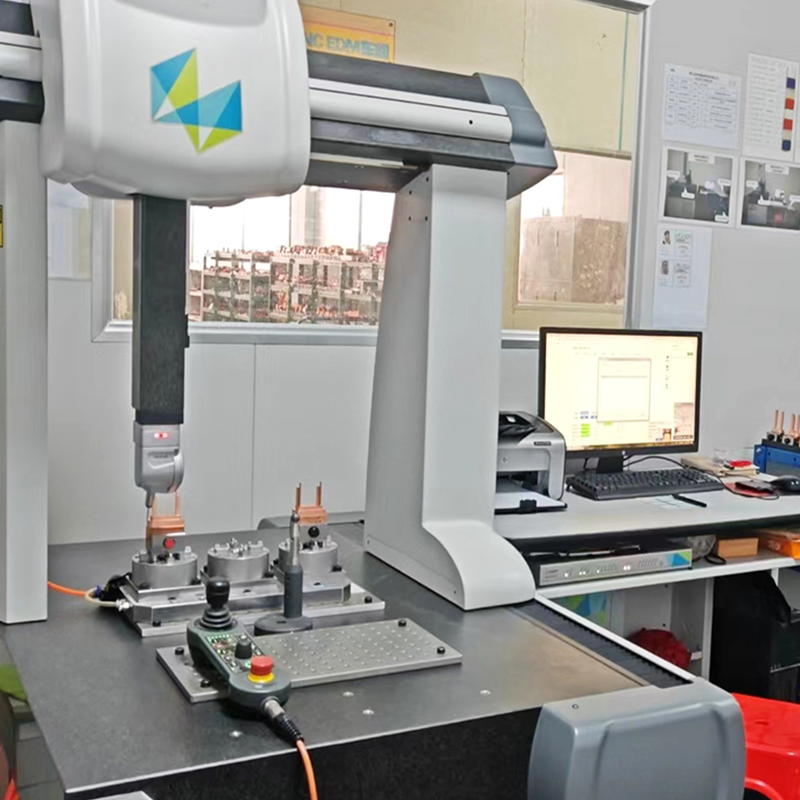
How Does Prototype Tooling Save You Money?
While the upfront cost of prototype tooling typically represents 20-40% of your total production tooling costs, it offers significant long-term savings. By allowing for early-stage testing and revisions, prototype tooling ensures that your final production mold is optimized for performance, quality, and cost efficiency. This helps to avoid costly post-production adjustments, minimize the risk of defects, and accelerate your time to market.
At LSRmold, our team works closely with clients to provide customized solutions that meet the specific needs of each project. We offer one-stop service, from design and prototyping to full-scale production. With our expertise in prototype tooling and injection molding, we help ensure your product is ready for market quickly and cost-effectively.
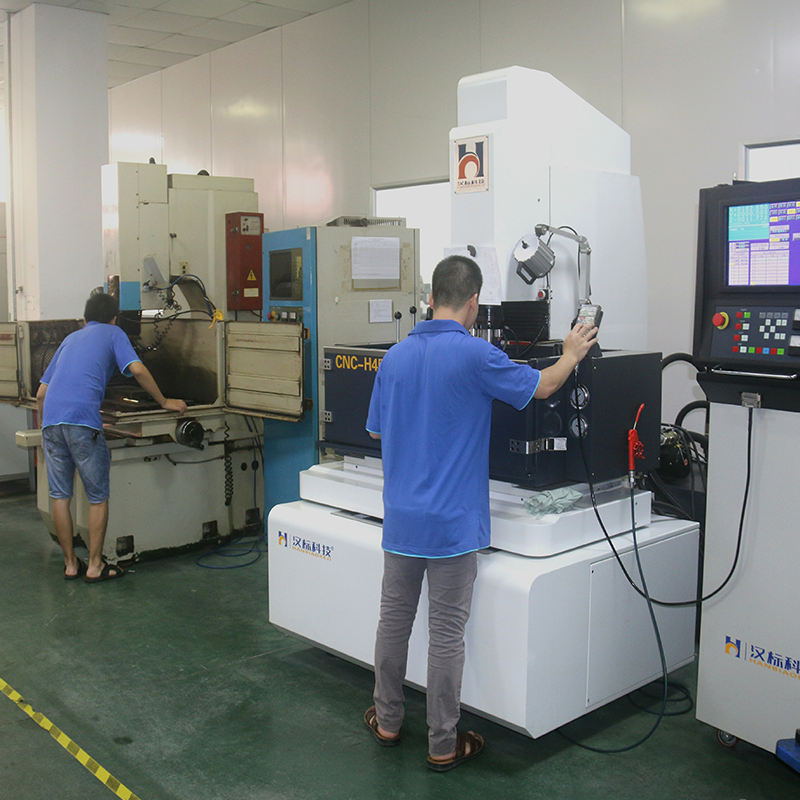
Conclusion:
Prototype tooling is a powerful tool for accelerating product development, testing designs, and ensuring high-quality production. By utilizing prototype tooling, you gain valuable insights that help optimize your design, select the best materials, and refine production processes before committing to expensive full-scale tooling.
At LSRmold, we specialize in providing high-quality custom services for clients across various industries. Our one-stop service approach ensures that every aspect of your project is handled efficiently, from initial design to production. Whether you’re developing a new product or refining an existing design, we’re here to help you navigate the prototype tooling process with ease.
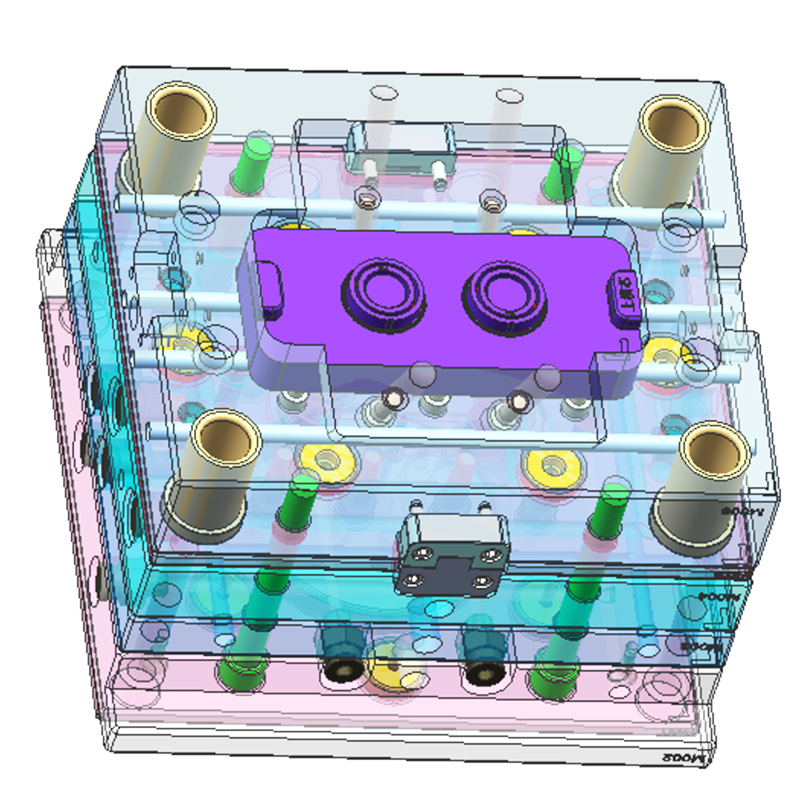
If you’re looking to speed up your production process while reducing costs, contact us at LSRmold today to discuss how our prototype tooling services can benefit your project. With our expertise and dedication to quality, we’ll help you bring your ideas to life faster and more efficiently.
